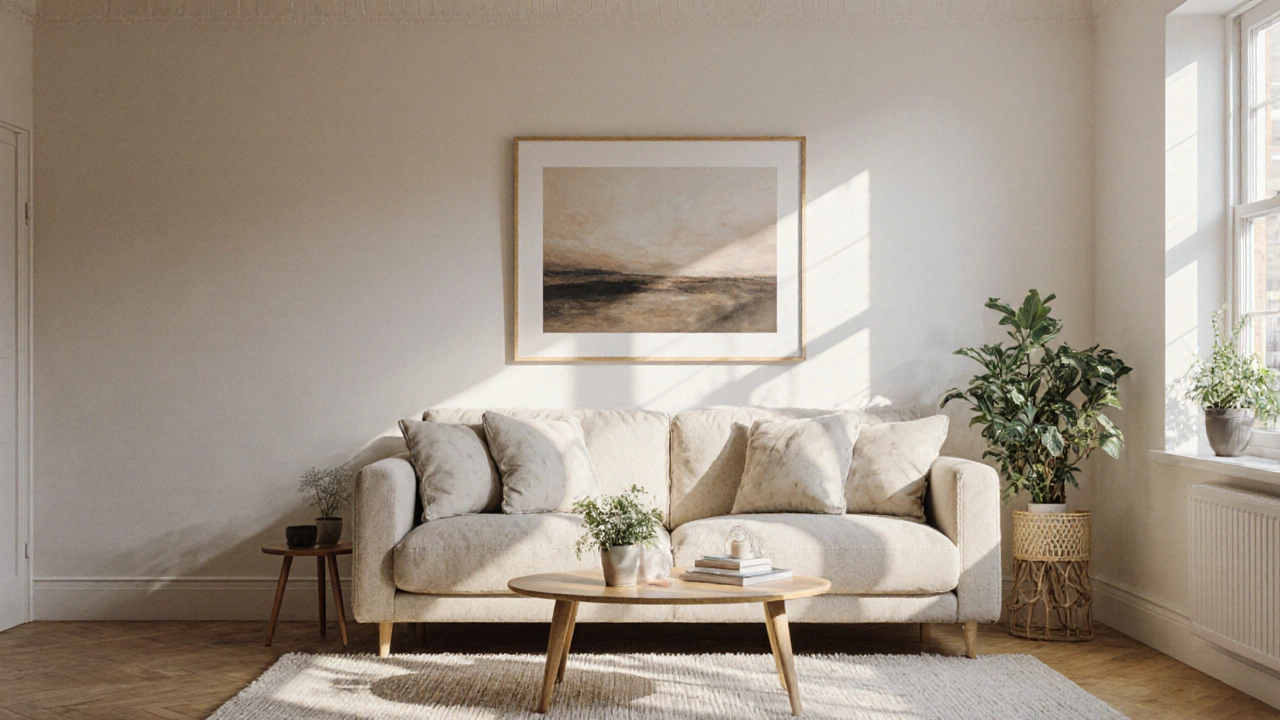Popular Art Sizes: What Works Best for Galleries, Homes, and Selling
When you're creating art, popular art sizes, standard dimensions artists and galleries consistently use to match framing, display, and buyer expectations. Also known as standard canvas sizes, these aren't random—they're shaped by decades of practical use in studios, galleries, and homes. Why do so many artists pick 16x20 inches or 24x36 inches? It’s not tradition for tradition’s sake. These sizes fit standard frames you can buy off the shelf, hang easily on average walls, and sell without needing custom matting or expensive framing. Buyers don’t want to hunt for a frame—they want to hang it and walk away.
Portrait sizing, the specific dimensions chosen for human figures in paintings and prints. Also known as figure painting dimensions, it’s a whole different game than landscapes or abstracts. A 12x16 portrait feels intimate and personal—perfect for a living room or office. A 30x40 portrait, though, commands attention in a foyer or gallery. And if you’re selling on Etsy or at art fairs, you’ll notice most top sellers stick to 11x14, 16x20, or 20x24. Why? Because they’re affordable to ship, easy to frame, and match what buyers already own. Canvas sizes, the pre-stretched frame dimensions artists paint on. Also known as pre-stretched canvas dimensions, they’re the backbone of oil and acrylic work. Brands like Fredrix, Utrecht, and Blick make these in batches because they sell. You don’t need to invent a new size—just pick one that works. Then there’s gallery-ready art, pieces sized and finished to meet professional exhibition standards. Also known as curated exhibition dimensions, these follow unwritten rules: no oddball sizes, no unframed works over 24 inches unless it’s intentional, and always leave a 1-inch border for hanging wire or D-rings. Galleries don’t have time to adjust your art. They want it to slot into their walls like puzzle pieces.
Look at the posts here—artists are asking how many paintings to show in an exhibition, how to price portraits, and what sizes work best for digital prints. They’re not guessing. They’re following patterns. The Mona Lisa isn’t 4x6. Starry Night isn’t 8x10. Those sizes matter. Even digital art buyers now expect standard dimensions like 18x24 or 20x30 because they know what frames to buy. If you’re starting out, don’t overthink it. Use the sizes everyone else uses. Master composition, color, and technique on a 16x20 canvas. Then scale up or down based on what sells. Your next piece doesn’t need to be revolutionary in size—just perfectly sized.
Below, you’ll find real advice from artists who’ve sold portraits, priced their work, and figured out what fits where. No fluff. Just what works.
